The man who changed time
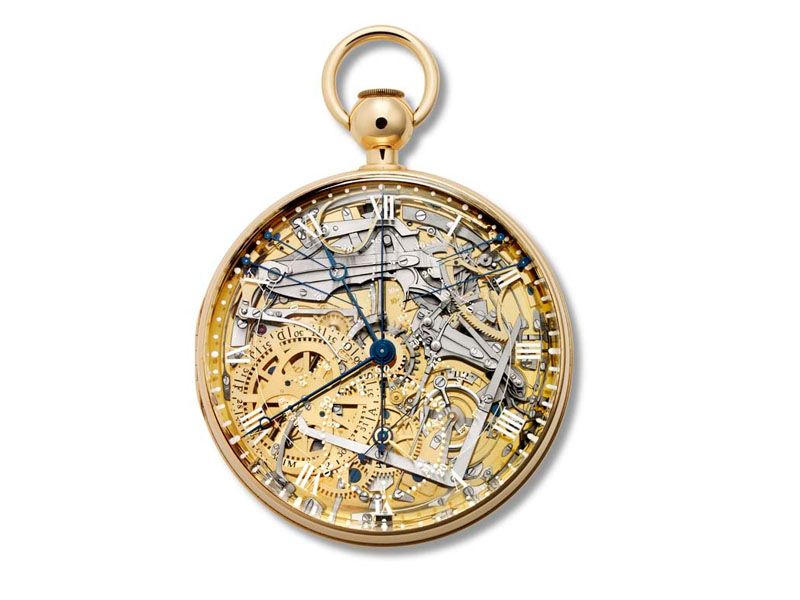
Abraham-Louis Breguet (1747-1823) was not only a brilliant watchmaker and inventor whose clients included Napoleon and George IV, but also a very savvy businessman.
Good at marketing and with an eye for elegance, the Swiss-born Breguet was in many ways ahead of his time. His life and works form the basis of an exhibition currently showing at Zurich’s Swiss National Museum.
Breguet came from Neuchâtel, but founded a watchmaking workshop in Paris following his marriage in 1775 into a wealthy Parisian family. He built up a highly successful company, expanding his business as far afield as Russia and Turkey.
Montres Breguet is now owned by the Swiss-based Swatch Group, the largest donor of historical items to the exhibition.
“You can say there is a before Breguet and an after Breguet. He made a big revolution in watchmaking,” Christine Keller, curator of the “A.-L. Breguet. How watchmaking conquered the world” exhibition, told swissinfo.ch.
One of his main inventions was the tourbillon, patented in 1801. This highly complex mechanism compensated for the influence of gravity, allowing watches to be, for the first time, completely accurate.
In addition, he came up with the wrist watch. Unfortunately, the very first watch of this kind, which belonged to Napoleon’s sister, is lost, but visitors can see the original handwritten order.
Timeless elegance
“He also made a kind of new aesthetic, a very elegant aesthetic which also today is very nice to look at,” said Keller.
Instead of round-bellied, richly decorated pocket-watches, Breguet offered timepieces with flat, coin-edged cases, more legible figures and slim, straight hands.
These proved a hit among the elite. Napoleon Bonaparte took a Breguet travelling clock – which can be viewed at the exhibition – with him on his Egyptian campaign. Also on show is a clock which normally stands in the Duke of Edinburgh’s bedroom. Still working, it is wound every week by Buckingham Palace staff.
Perhaps the most famous piece, however, is the Marie-Antoinette watch, which contained all the latest innovations of the time. The queen herself never saw it as it was not completed until 1827, by Breguet’s son.
“It was stolen along with a whole collection of watches but it was later found. The original watch is now in a museum in Jerusalem. We are showing the replica,” Keller said.
Hayek and Breguet
This painstakingly recreated model was commissioned by the late Nicolas Hayek, who founded the Swatch Group and who brought Montres Breguet back to Switzerland in 1999, as a flagship brand for his company.
Montres Breguet, based in the Vallée de Joux, is now headed by his grandson, Marc A. Hayek, who sees some parallels between Breguet and his grandfather.
“Breguet was not only an excellent watchmaker, he was also a visionary, a scientist and probably one of the first great marketing guys as well with patents and giving names to pieces,” Hayek told swissinfo.ch.
“That’s a lot of things that you find with my grandfather. He changed the watch industry after the watch crisis of the 1970s and 80s and influenced not only the brand but the whole industry like Breguet did at his time.”
It was Nicolas Hayek who oversaw the first Breguet exhibition at the Louvre in 2009. He bought for SFr2.3 million ($2.6 million) in 2010 Breguet’s draft treatise on the watchmaker’s craft, considered a very important document. Some of the manuscript can be seen in the exhibition.
How Swiss?
But how Swiss was Breguet? The watchmaker spent 60 of his 77 years in Paris, gaining French citizenship and, according to the exhibition catalogue, making an “indelible imprint on the intellectual, scientific and cultural life of France”.
Nevertheless, Breguet lived in Switzerland for two years during the French revolution from 1793-95, where he perfected some of his inventions.
In the catalogue, Emmanuel Breguet, a family descendent who is curator of the Montres Breguet Collection museum in Paris, says that although his ancestor had the Swiss qualities of perseverance, organisation and seeking perfection, he cannot be given a single label.
Breguet expanded his business to Britain, Turkey and Russia “with original products and a network that in certain ways foreshadowed the ‘globalisation of luxury’ we are currently witnessing”, he writes.
“He was a man harmoniously combining Swiss and French qualities who found – and therein perhaps lies his secret – within his chosen profession, the measurement of time, a language that was not national, but universal.”
The A.-L. Breguet. How watchmaking conquered the world exhibition is running at the Swiss National Museum until January 8, 2012.
More than 170 pocket watches, pendulum clock, patents, portraits and documents dating from Breguet’s time and that of his successors are on show.
The exhibition is the fruit of collaboration between the Swiss National Museum, the company Montres Breguet and the Louvre Museum in Paris. It was first held in the Louvre in 2009 and then at the Château de Prangins near Nyon, Switzerland, in 2011.
The principal lender is Montres Breguet, but exhibits have also come from France. Britain (the Queen), Russia and Switzerland, including the Swiss National Museum itself.
1775-1795: Breguet completed watchmakers training in France and set up business. Makes his name at the French court. During the French Revolution, uneasy due to his connection with the court, flees to Switzerland for two years. Invents his perpetual watch. First clients: Louis XVI and Marie-Antoinette.
1795-1801: Reorganised business upon return to France: came up with subscription watch and the tourbillon regulator.
1801-1814: Entrepreneurship in Napoleonic Europe, which were prosperous years. Extended market into Ottoman empire due to political unrest towards the end of Napoleonic Empire.
1814-1823: Had numerous elite clients, and, after visit of Tsar Alexander 1, Russia became a big market. In 1816 received into French Academy of Sciences, a long-held dream. Company stayed in the family until the grandson.

In compliance with the JTI standards
More: SWI swissinfo.ch certified by the Journalism Trust Initiative

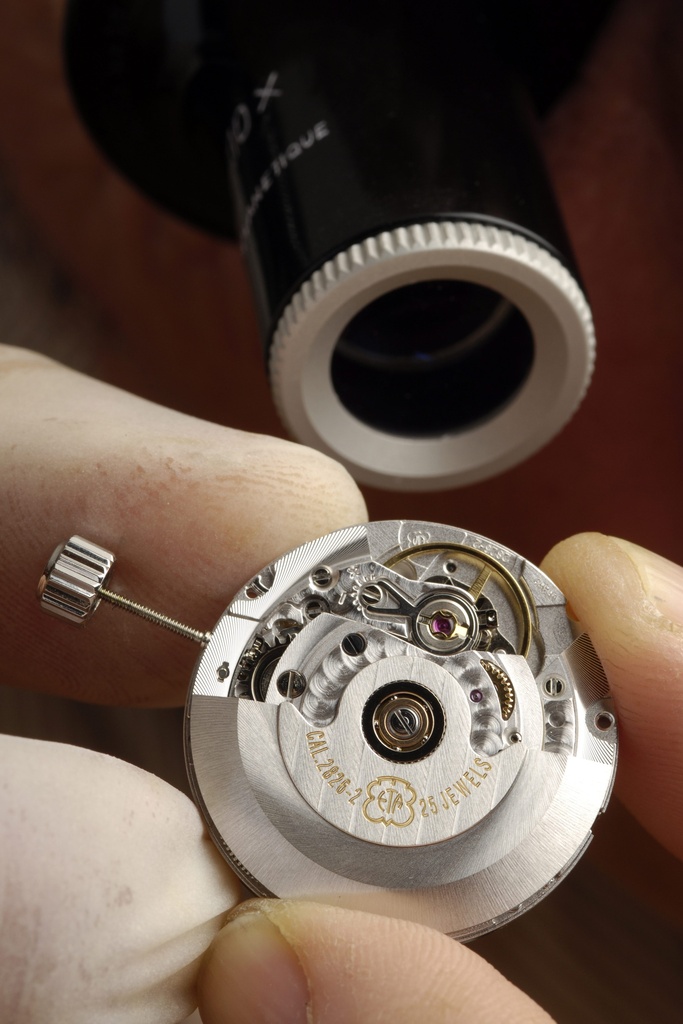
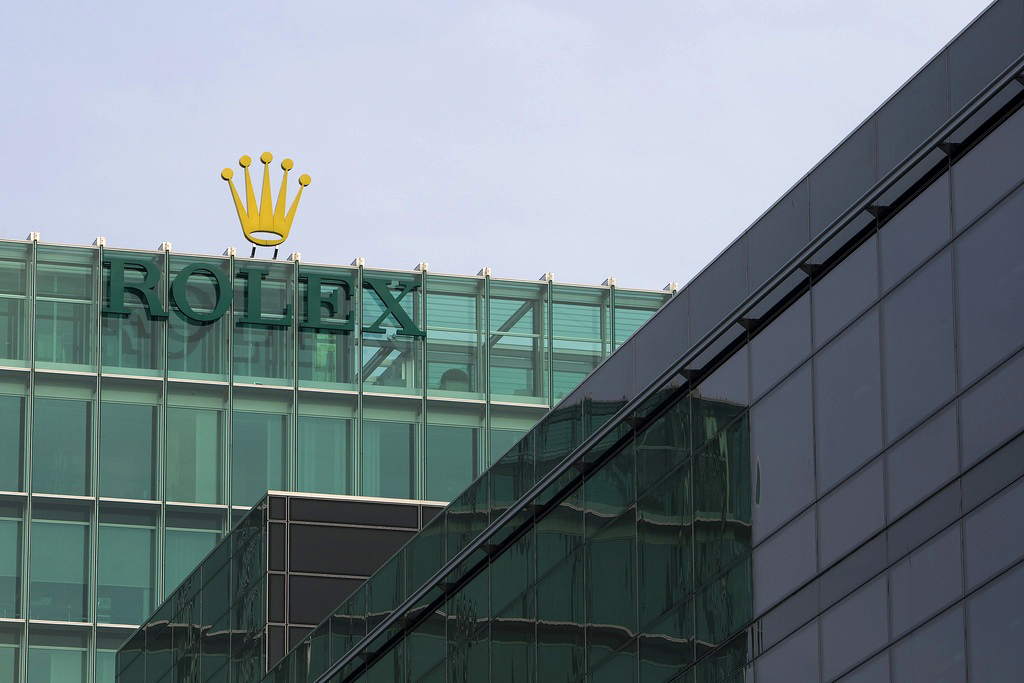
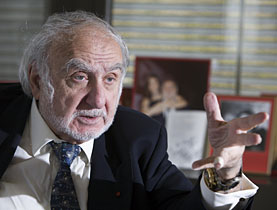
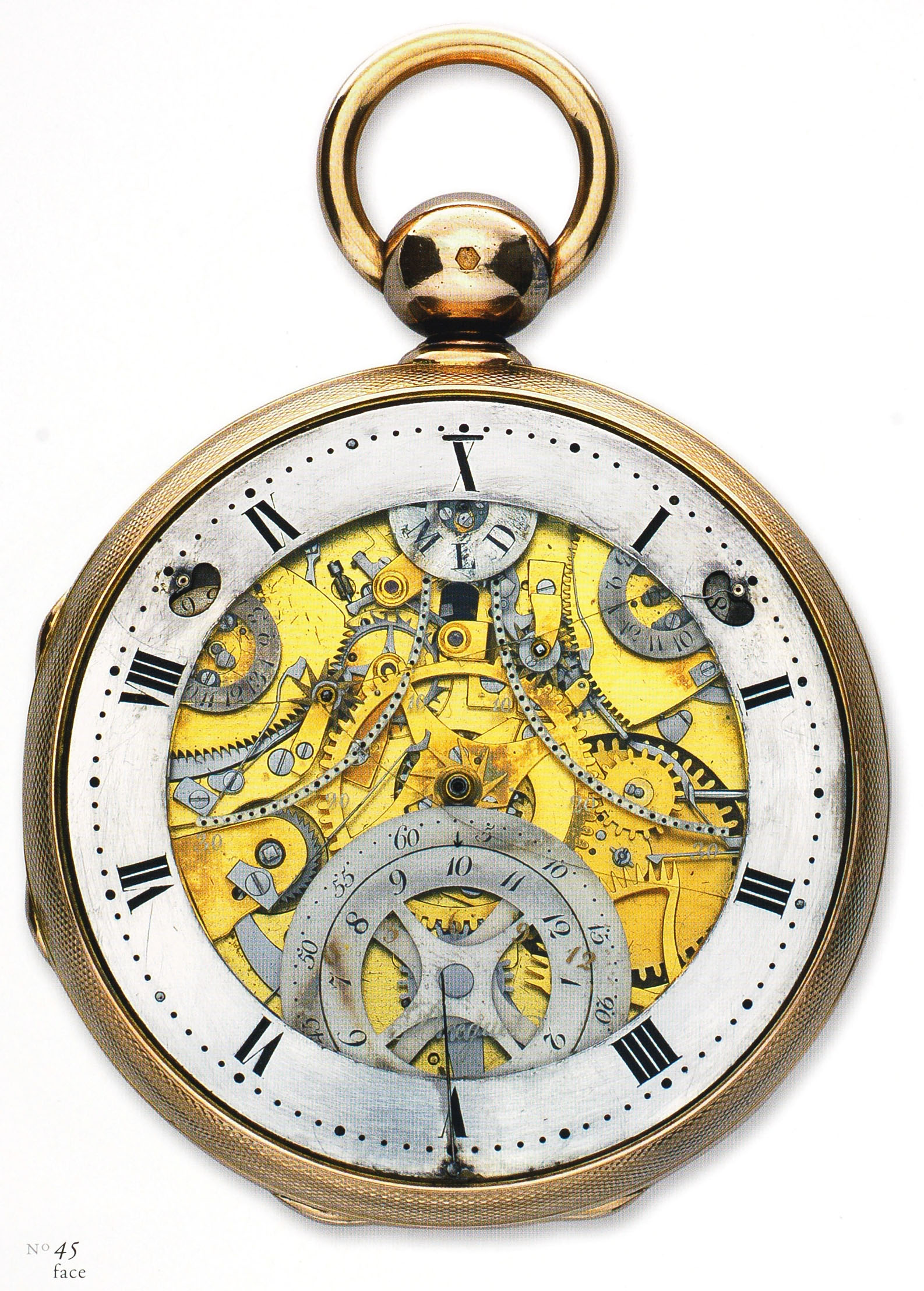
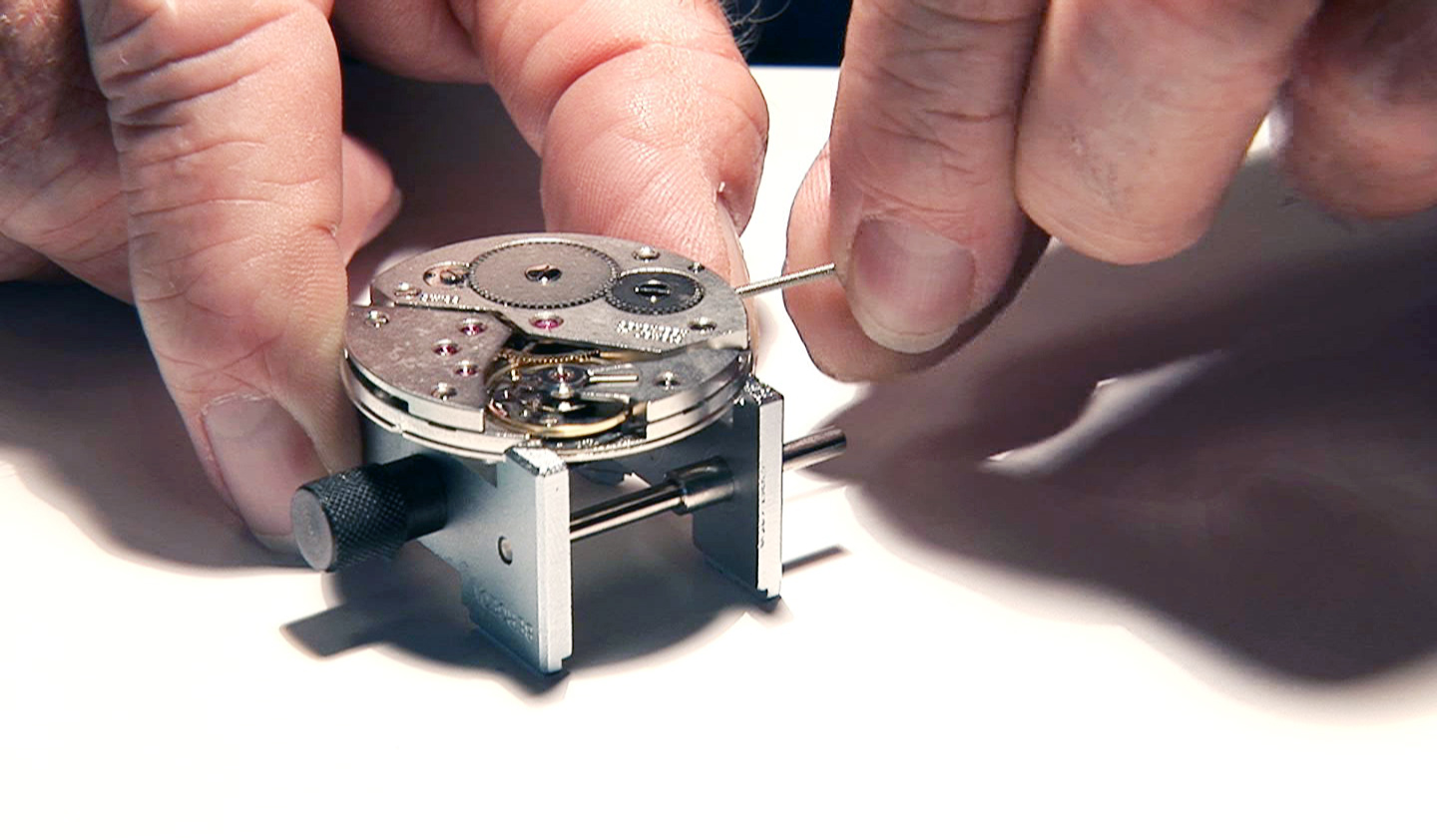
You can find an overview of ongoing debates with our journalists here. Please join us!
If you want to start a conversation about a topic raised in this article or want to report factual errors, email us at english@swissinfo.ch.